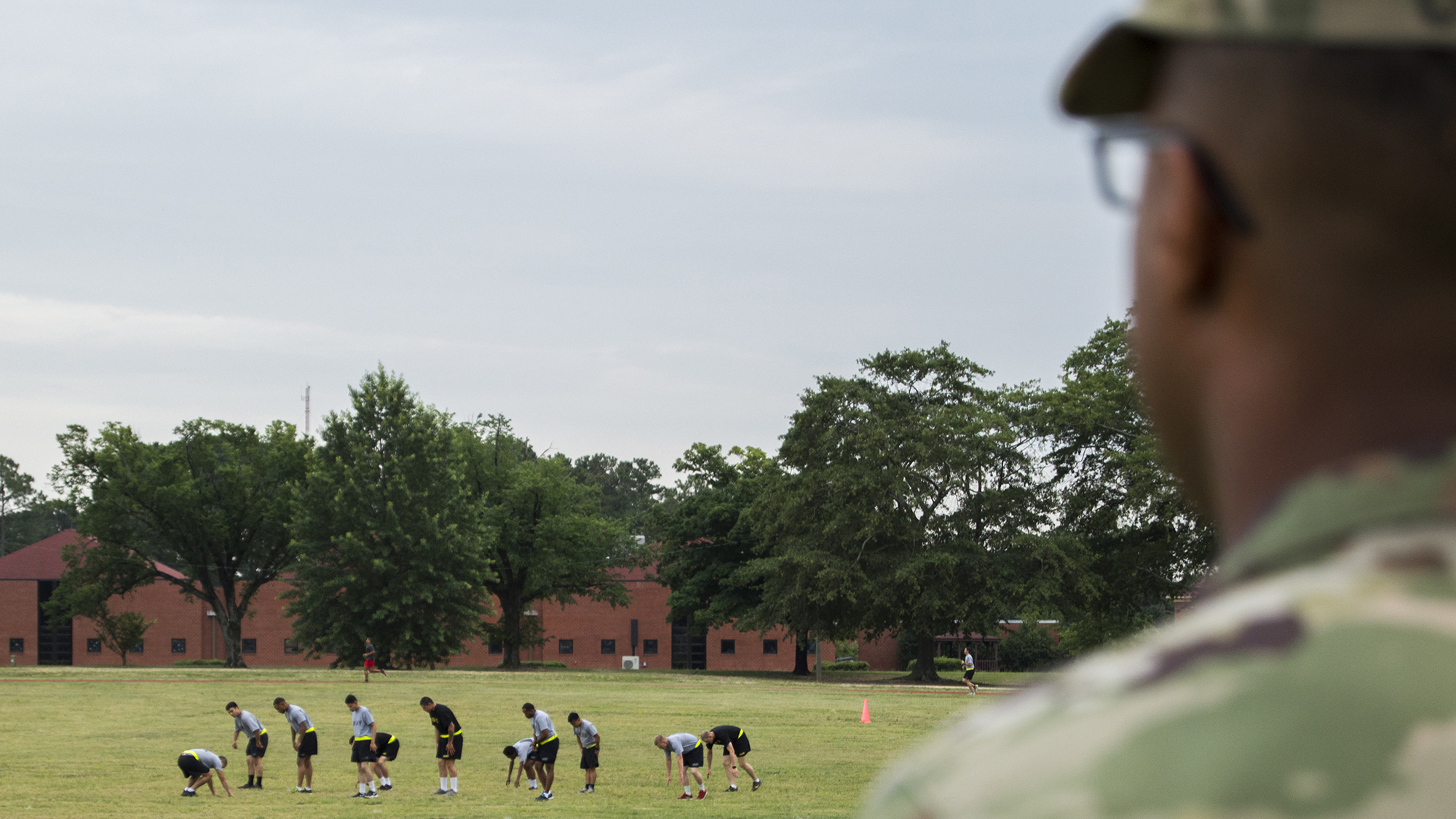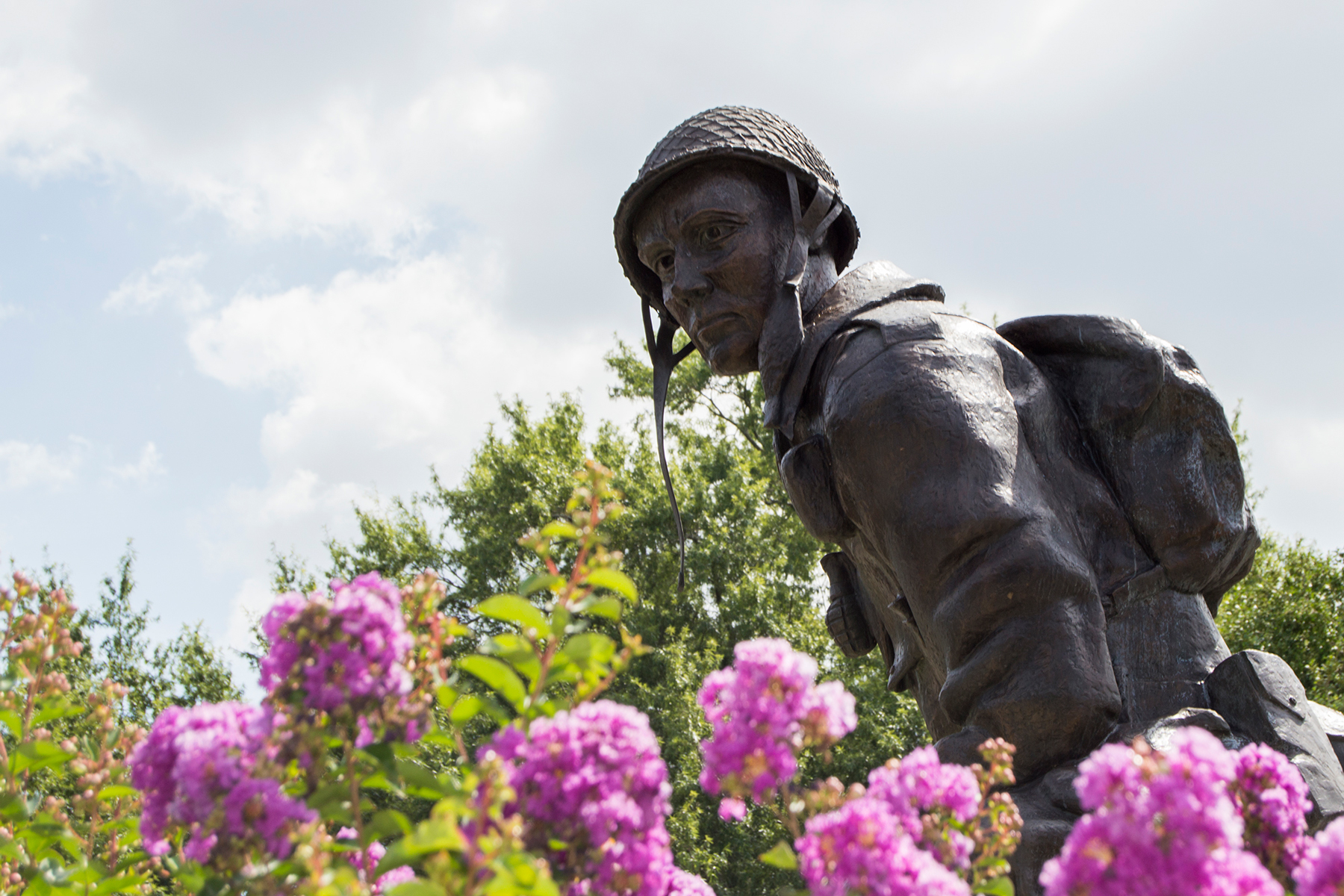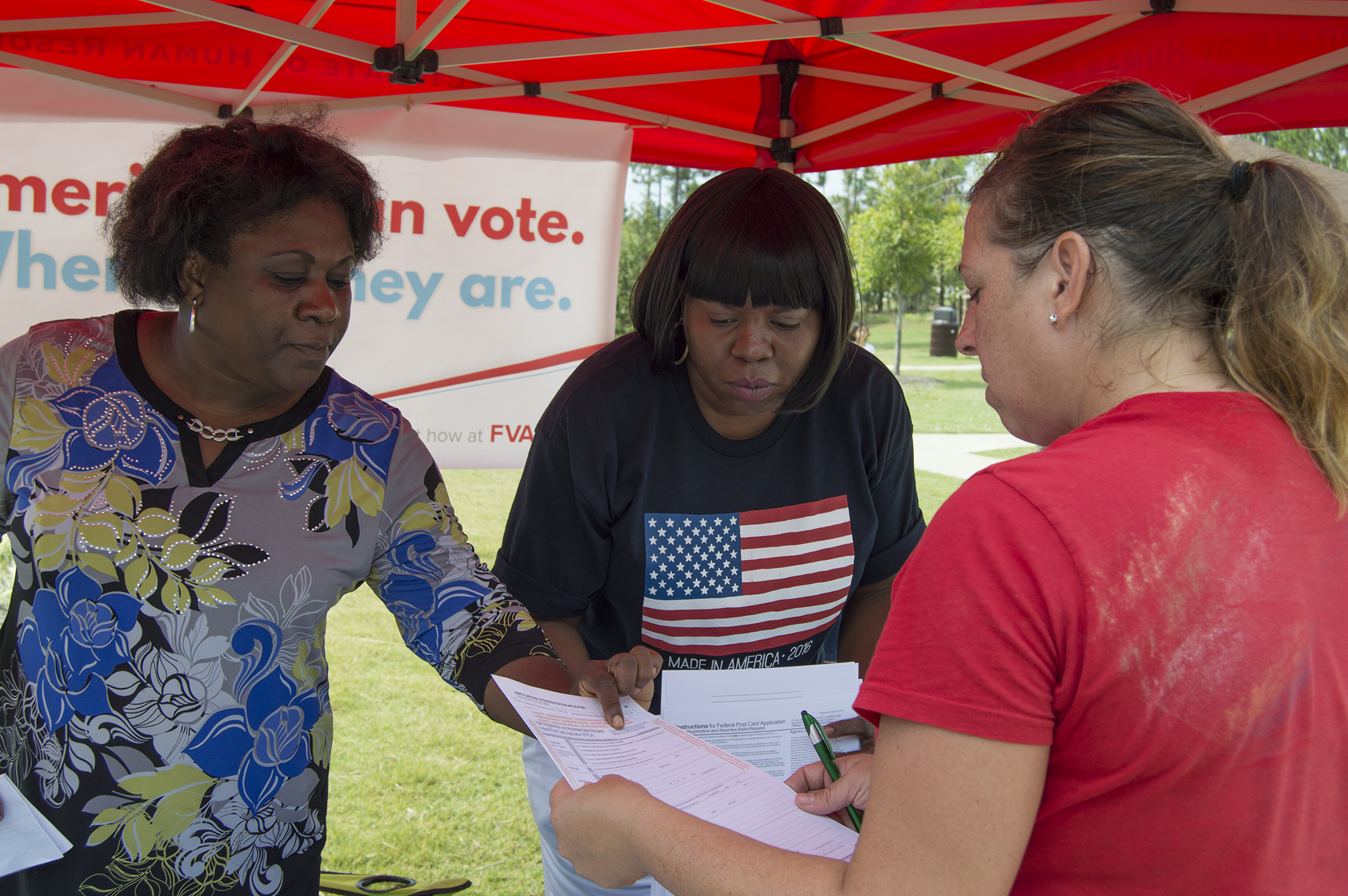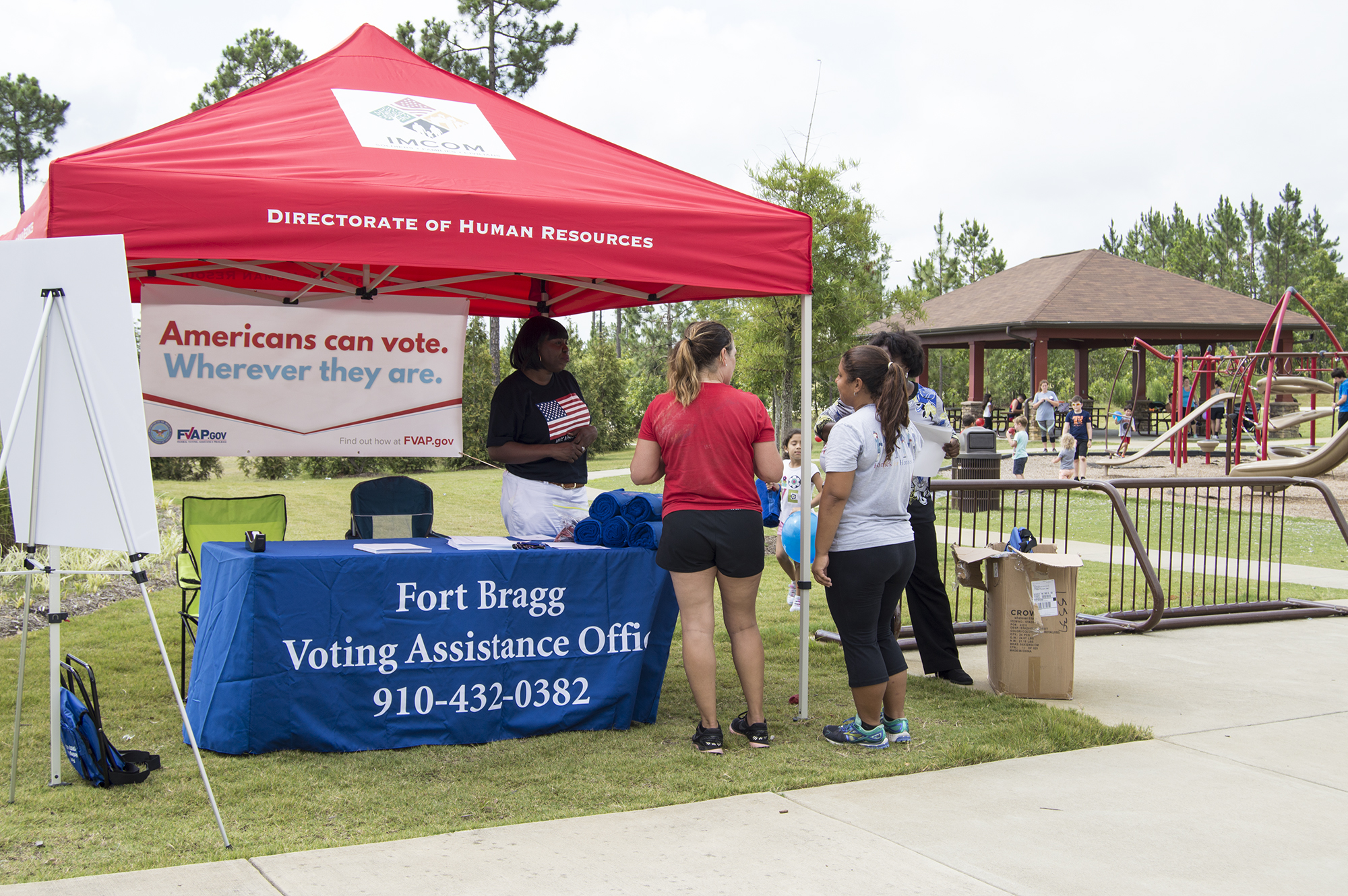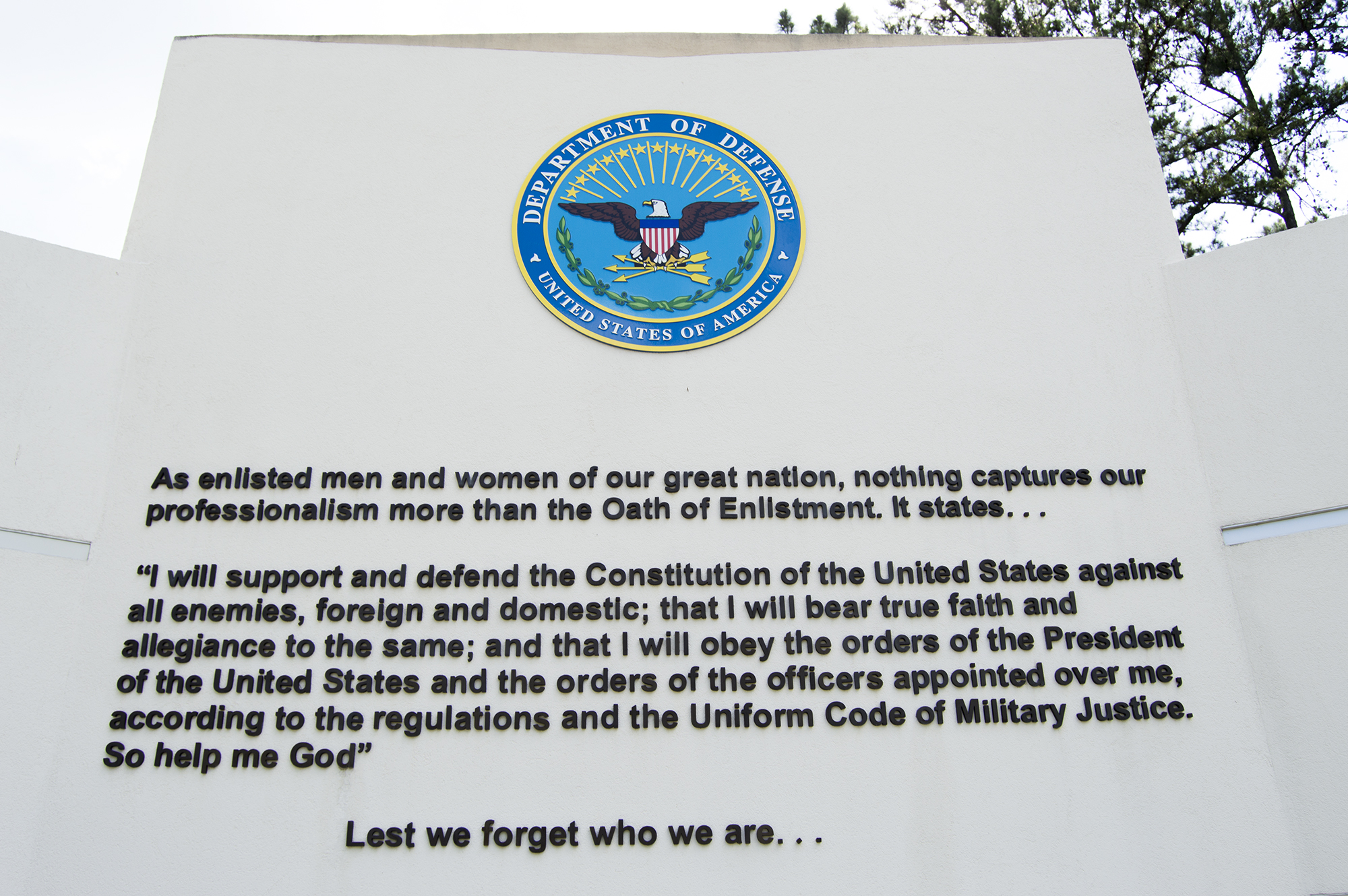The commissioner stressed that ensuring the accuracy of that data is up to states and not the EAC. “I’m confident in that it is the data coming from the states, and I think that we put that data out and it’s accurate,” Hicks said.
Advocates for military voters say that anomalies in reporting do a disservice to military families and service members, many of whom have been deployed to war zones.
“The military represents the people that are fighting for our freedom, fighting for our democracy, representing us around the world, and it’s tragic if they do not take part in the franchise,” said Susan Dzieduszycka-Suinat, president and CEO of the U.S. Vote Foundation. She also oversees the foundation’s Overseas Vote Initiative, which provides voter registration and voting tools to military and overseas voters.
“It’s a reason that a lot of reforms have happened around military voting in the past, let's say actively, in the last six to eight years. I guess there’s a symbolism around it that goes beyond the actual value of one vote. For us, if it's one vote from the military it means just so much more. It’s not just the vote, it’s all that it represents,” she said.
The Election Administration and Voting Survey is distributed nationwide by the EAC to local jurisdictions, where it is filled out after federal elections. However, each state or local election office tracks its voting information differently, many of them in ways that conflict with how the EAC requests it.
“At first they were asking for information that we could or could not really supply because our system just didn’t divvy out the information the way they thought they might be able to ask for it,” said Joseph Paul Gloria, registrar of voters for Clark County, Nevada. “Each state is unique in the way that they vote, the system they use. So it’s hard to make that report usable for all jurisdictions.”
Hicks said the EAC is working to address these problems. “We’ve finished with the 2014 survey and we’ve seen what sort of improvements can be made,” Hicks said. “And so from now on we’re - in terms of what I’m doing as chair - is to look to see how we can improve the survey going forward.”
The registrar of voters in Orange Country, California, Neal Kelley, said his staff places numbers into the Election Administration and Voting Survey manually. This means, according to Kelley, there always is the chance for human error.
“I’m an advocate of automating that process because then you are not making these decisions among human beings,” said Kelley, who serves on the EAC’s Board of Advisors and its Voting Systems Standards Board.
The structure of the survey causes additional complications, according to Margarita Mikhaylova, acting spokeswoman for the District of Columbia Board of Elections.
“That entire survey is very lengthy and in some instances very confusing to understand,” Mikhaylova said. “The EAC does issue directions and they do issue explanations, but there are just so many different ways to poll the same thing that it can be a bit tricky."
For example, one question on the survey says, “Enter the total number of all UOCAVA (Uniformed and Overseas Absentee Voting Act) ballots (including regular UOCAVA absentee ballots and Federal Write-In Absentee Ballots (FWAB)) returned by UOCAVA voters and submitted for counting for the November 2014 general election. Please include both those ballots that were later counted and those that were rejected. Do not include ballots that were returned undeliverable.”
Lux, of Okaloosa County, said that federal write-in absentee ballots, which are rejected if they are not returned to the voter’s correct jurisdiction, create further confusion when counties send their reports to the EAC.
Uniformed and Overseas absentee ballots can be rejected for any number of reasons, but the most common reason, according to a July 2013 EAC survey, is that ballots were sent back late and missed deadlines to be counted.
Yet, the EAC data make it difficult to know exactly how often and to what extent military absentee ballots have been rejected. In August last year, at a meeting held by the EAC in Washington, D.C., some election officials raised doubts about trusting their data.
“So, you’ve got a number in a box that looks like data,” said Keith Ingram, Texas director of elections. “But if you put any confidence in that number at all, you’re missing the boat.”
“I can guarantee you we are unable to educate local election officials as to what these categories are, and so, they’re plopping voters into various categories, and I would not have a lot of confidence that they’re hitting the right ones,” Michigan Director of Elections Christopher Thomas said at the meeting.
The Military and Overseas Voter Empowerment Act requires that all ballots be mailed to service members no less than 45 days before an election to give military voters the chance to return them. They can take 11 to 18 days to arrive once mailed, according to the Military Postal Service Agency. At least 36 days are needed to transmit the ballot. If there are no shipping delays, service members have only nine days to complete and return the ballot.
